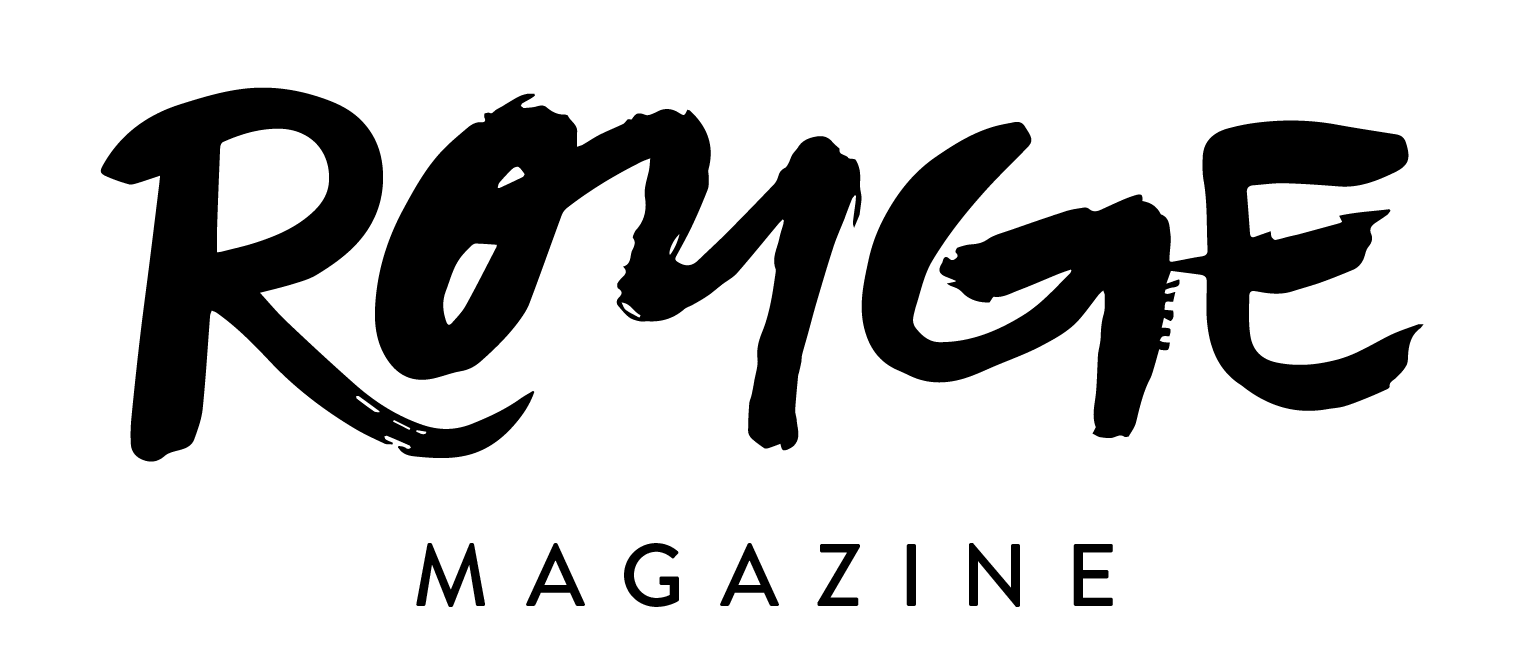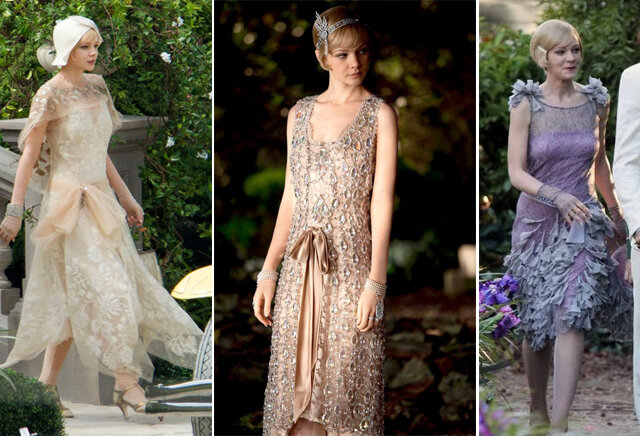Styling in The Great Gatsby
Long lost lovers, an illicit affair, and Leonardo DiCaprio set within a glamorous Long Island setting where wealth is everything- all ingredients for an American classic.
Besides a wonderful soundtrack and gorgeous set design, The Great Gatsby (2013) has a wardrobe dripping in lace, fringe, pearls, and tailored suits as the characters waltz through the West and East egg of Long Island. If you haven’t read or seen it before, The Great Gatsby is told through the eyes of writer Nick Carraway as he befriends the enigmatic Jay Gatsby and observes the over-indulgent lifestyle of New York’s elites. Rife with jazz, elaborate parties, and flappers for which the 1920’s era is famous, The Great Gatsby’s glittery veneer provides a thin veil for the underlying turmoil that comes with class inequalities and false promises of an American Dream. The costuming meticulously reproduces these themes while reflecting the nature of the characters by the magnificent dresses and elegant suits they wear.
Catherine Martin, costume and set designer for the Great Gatsby as well as Moulin Rouge, explained the inspiration behind her costume design in an interview with Fashionista.com by Hayley Phelan. She remarks that the director of the film, Baz Luhrmann, told her that, “I don’t want a nostalgic New York…I want a New York that feels as vibrant and sexy and visceral and modern as it would have to Zelda or Fitzgerald.” She doubtlessly achieved just that by bringing to life the glittering dresses and fantastic parties Gatsby is famous for throwing. She goes on to explain how they decided to modernize classic 1920’s clothing by going with the more idealized sketch of a ‘20’s dress rather than the actual historical silhouette, which means tighter and more figure-enhancing.
We are first introduced to our narrator as he begins to tell the story of the enigmatic Jay Gatsby who he met several years ago upon moving to the West Egg, home of New York’s nouveau riche. Gatsby’s mansion is located right next to Nick’s cottage, and the two quickly strike up a friendship. The whole story is told through Nick’s perspective as he observes the rekindled romance between Gatsby and his married cousin, Daisy Buchanan. Perhaps it’s the hopeful expression in his eyes, or the optimistic tilt of his striped boater hat, but Nick’s characteristic bow tie and suit ensemble projects hope-to-be writer vibes with a middle-class budget. Compared to the other two men in this film, Gatsby and Tom Buchanan, he appears positively country. He enters this high-class world as an innocent, reflected in the slightly less fashionable clothing he wears, and leaves with a newfound repulsion and disgust for the city and its rich occupants.
As for the aforementioned cousin Daisy Buchanan, all it takes is one look to see that she is the spokeswoman for elegance, femininity, and class. Her polished blonde bob and perfectly formed beauty mark are cherries on top of the frilly bejeweled cake. Oppressed by her marriage to man’s man and renowned adulterer Tom Buchanan, Daisy’s character is full of contradictions and is sure to make you both hate and pity her by the end. The feathery wispiness of her voice reflects the pastel colors of her dresses, and the not-quite historically accurate silhouette highlights her feminine curves. Daisy and her dainty clothes stand for a dream that Gatsby will do anything to possess, and her costumes reflect the ultra-demure appearance she puts forth in society.
Daisy Buchanan’s antithesis is presented in the form of Myrtle Wilson, whose name is a not-so-subtle reminder that she lacks the class and elegance that Daisy possesses. Her costume isn’t particularly subtle either as she is decked out in a low-cut form fitting red dress with the classic 1920’s drop waist. Even her lip stick is painted in a sensual pout as she oozes sexuality and seduction.
Tom Buchanan, the villain everyone can learn to hate. What screams masculinity and power more than that quintessential mustache? With his old money and well-tailored suits, no one fits the term ‘good ol’ boy’ more. Whereas Gatsby’s wealth is put on display in the form of outrageous parties and interesting suits, Tom Buchanan has a subtler ‘I know you know I’m rich’ attitude. A simple black suit and cigar is all it takes for his superiority to be known, and it is through his clothing that we see the disparity between the nouveau riche and those with old money. He sees himself as king of the world; he can have any woman with the snap of his fingers. It is Tom Buchanan that contradicts the American Dream and exposes 1920’s culture for its shallowness and obsession with wealth and pleasure.
As for our titular character, the charismatic Jay Gatsby played by none other than Leonardo DiCaprio himself. We see him in his iconic pink-striped suit looking as broodingly handsome as ever. Gatsby is the penultimate romantic character. Could you imagine someone buying a giant mansion and throwing nightly parties just to catch your attention? Beyond his obsession with Daisy, Gatsby’s costumes are flamboyant and showcase his wealth. He lacks the understatement that Tom Buchanan possesses, and he certainly doesn’t have as majestic a mustache. His clothing reflects his parties; ostentatious, extravagant, and at times tasteless.
The Great Gatsby shows an era in American history where pleasure was king and making one’s way in the world was romanticized to a ridiculous extent. Greed ran rampant, and those in the lower class were used as playthings for the amusement of the rich. Despite these rather disenchanting truths, the costuming in this film is delightful and enchanting with dresses that take on the classic 1920’s silhouette while allowing for modern influences.






